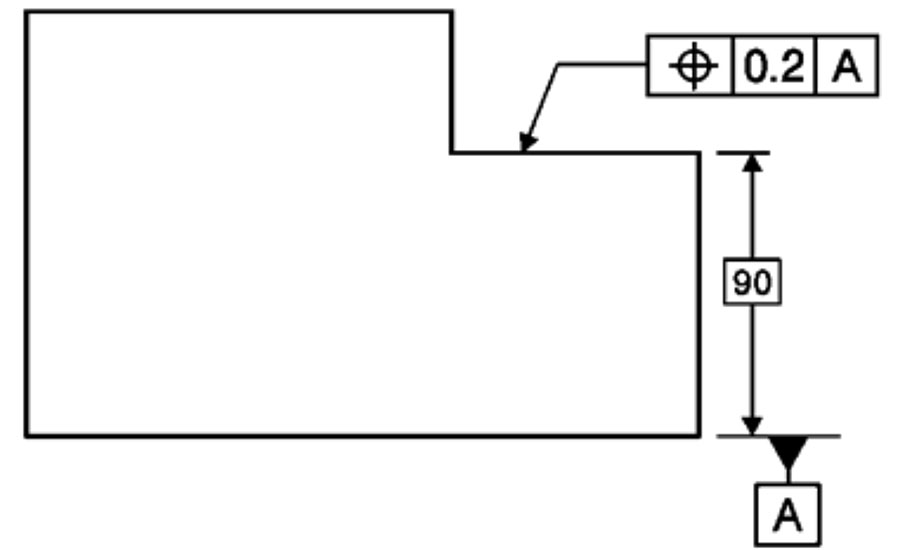
“Shall” is a “mandatory requirement” which is not used in definition of FOS “May” is a permission word that “allows” and is not mandatory. **** Also would like to mention in relevance to the FOS definitions, specifically around the standard's use of “may”, and the definitions of words may, must, will, shall in the engineering environment (English that is). Expansion or contraction is limited to be within limits of size vs. Concluding that the apex of a conical surface and the intersection of tapered surfaces would be to one side of the tolerance limits and would be the minimum or maximum allowance which therefore would be the minimum or maximum limits of contraction or expansion of an AME.

ASME Y14.5 1994 VS 2009 STANDARD COMPARISON CHART SIMULATOR
The AME’s Datum Simulator would not expand or contract beyond the limit of the apex of a conical surface or intersection of tapered surfaces whether or not they actually occurred within the size limits of the feature’s extent. It is also my understanding that applied geometric controls to an FOS, “other than size” can only be verified after the produced feature’s has been verified to be within size limits.Ĭonical and tapered feature’s: In a previous thread ( thread1103-460248: Orientation of a center plane of a tapered feature) there are arguments that conclude that these type features cannot be classified as features of size because in the case of a cone (conical feature) there is a limit to expansion or contraction about the apex, and similarly a limit to intersection of tapered surfaces beyond their intersection.ĭisagreement with argument that 'conical and tapered surfaces are not FOSs because an AME cannot be defined":Ĭonical and tapered surfaces can and do have an AME in the physical world (vs a purist mathematical theoretical world) which can identify a produced FOS axis or center plane. the produced feature's location and orientation of axis, center plane or center point. Purpose of AME: (Actual Mating Envelope) My understanding of its purpose is to establish a produced FOS’s actual location and orientation of it’s center plane, axis or center point by use of a AME Datum Simulator (gage) in order to verify compliance with the defined tolerance zone by comparing the true feature's vs.

Purpose of FOS: (Feature of Size) My understanding of its purpose is to identify features that have center planes, axis and center points in order to locate and orient tolerance zones. Here are my general points for discussion. More specifically regarding FOS and AME for this discussion relative to conical and tapered features. Unfortunately the ”purpose” for the need to define certain and specific terms and concepts", which would be helpful in determining the “intent” of the standard’s definition regarding inclusion and /or exclusion for features considered in respect to those definitions and concepts.


 0 kommentar(er)
0 kommentar(er)
